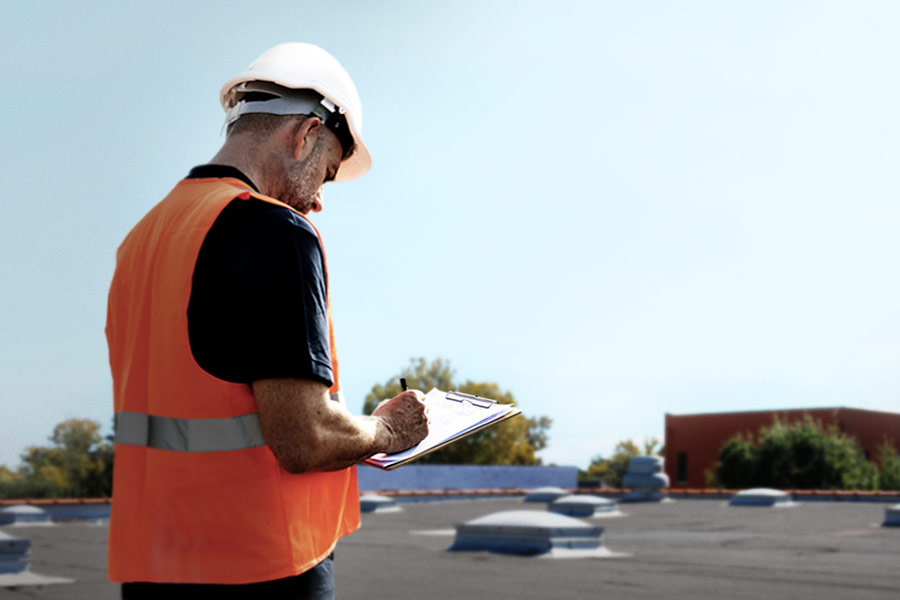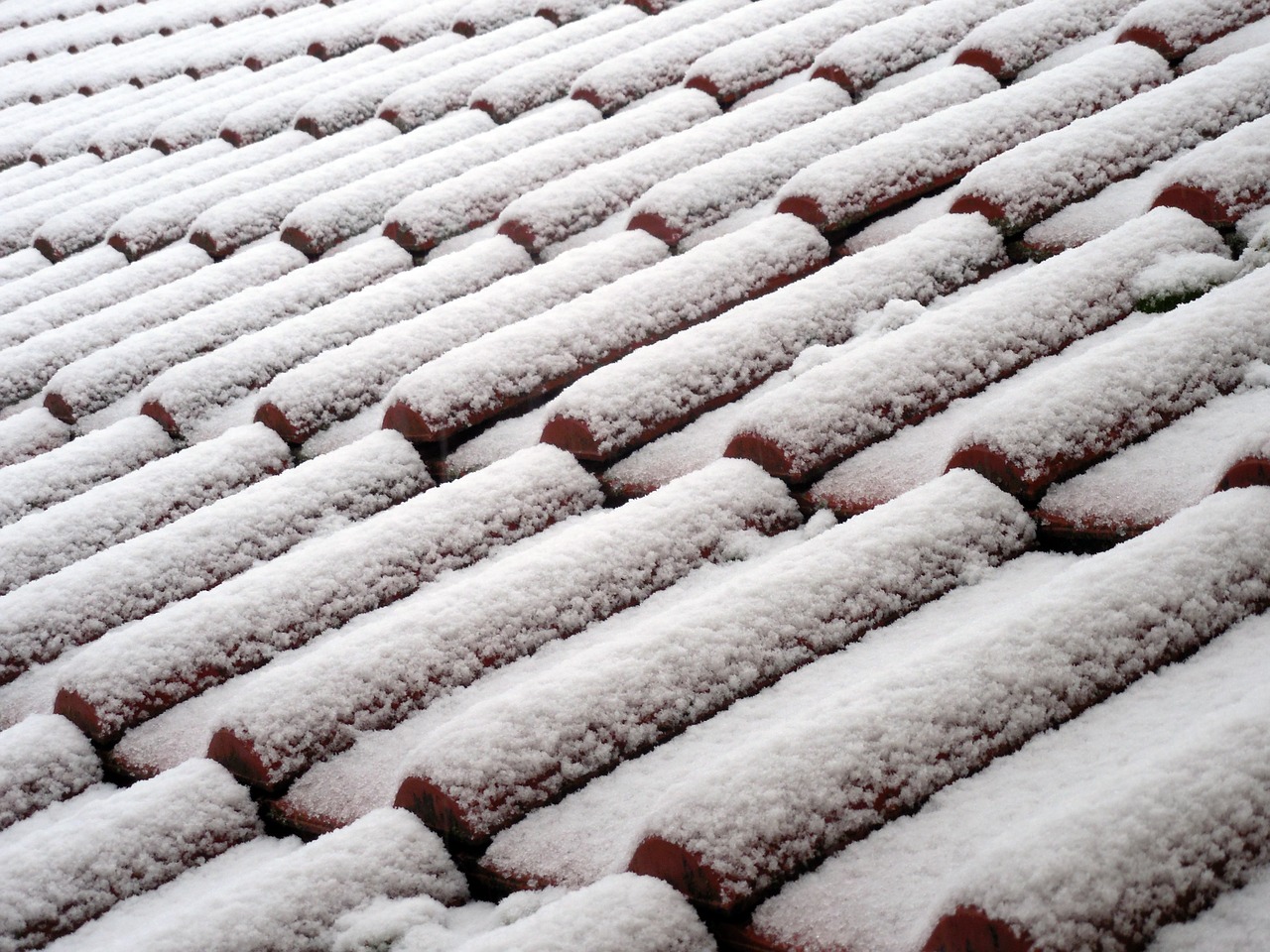Having your roof checked before winter is a good idea for several reasons:
- Identify and Address Issues: A professional inspection can help identify any existing issues with your roof, such as leaks, damaged shingles, or weakened areas. Addressing these problems before winter can prevent them from worsening and causing more extensive damage during the colder months.
- Prevent Leaks and Water Damage: Winter often brings rain, snow, and ice. If your roof has any vulnerabilities, such as missing or damaged shingles, it can lead to leaks and water damage. A thorough inspection can catch these issues early, allowing for repairs or replacements as needed.
- Avoid Ice Dams: Ice dams occur when snow on the roof melts and then refreezes at the edges, creating a dam that can prevent proper drainage. This can lead to water seeping into your home. A roof inspection can identify areas where ice dams might form, and appropriate measures can be taken to prevent them.
- Extend Roof Lifespan: Regular maintenance and timely repairs can extend the lifespan of your roof. Identifying and fixing issues before they escalate can save you money in the long run by avoiding major repairs or premature roof replacement.
- Energy Efficiency: A well-maintained roof can contribute to the overall energy efficiency of your home. Ensuring that your roof is in good condition helps in maintaining proper insulation, preventing heat loss, and reducing energy bills during the colder months.
- Safety: Climbing on the roof can be dangerous, especially in icy or snowy conditions. Having a professional inspect your roof ensures that the job is done safely by someone with the necessary expertise and equipment.
It’s generally recommended to schedule a roof inspection at least once a year, and doing so before winter is particularly important due to the challenging weather conditions that can exacerbate existing issues. If you’re not comfortable inspecting the roof yourself or if you want a thorough assessment, it’s advisable to hire a professional roofing contractor for the job.

How should a roof be checked?
A roof check, often referred to as a roof inspection, is a process in which a professional examines the condition of a roof to assess its integrity, identify any issues, and determine whether any roof repairs or maintenance are needed. Here’s a general overview of how a roof check typically works:
- Initial Assessment:
- The inspector begins by assessing the overall condition of the roof from a distance, looking for visible signs of damage or wear. This includes checking for sagging, missing shingles, or any obvious issues.
- Safety Precautions:
- Before physically inspecting the roof, the inspector takes safety precautions, such as wearing appropriate personal protective equipment (PPE) and using safety harnesses if needed.
- Exterior Inspection:
- The inspector examines the exterior of the roof, looking for signs of damage, deterioration, or issues with materials such as shingles, flashing, and gutters. Common problems include missing or damaged shingles, rusted flashing, and clogged gutters.
- Interior Inspection (if applicable):
- For certain types of roofs, such as those with an attic space, the inspector may check the interior for signs of leaks, water damage, or inadequate insulation.
- Ventilation and Insulation Check:
- Proper ventilation and insulation are crucial for the longevity of a roof. The inspector assesses whether the ventilation system is adequate and checks for any signs of poor insulation.
- Flashing Examination:
- Flashing is a critical component that prevents water from entering the roof at vulnerable points, such as around chimneys, vents, and skylights. The inspector checks the condition of flashing to ensure it is intact and properly sealed.
- Structural Evaluation:
- The inspector assesses the overall structural integrity of the roof, checking for any signs of sagging or stress that could indicate a problem with the roof structure.
- Documentation:
- The inspector takes notes and may use photographs to document any issues or areas of concern. This documentation can be useful for providing the property owner with a clear understanding of the roof’s condition.
- Recommendations:
- Based on the findings, the inspector provides recommendations for any necessary repairs or maintenance. This may include fixing leaks, replacing damaged shingles, addressing ventilation issues, or recommending a more comprehensive roof replacement if the damage is extensive.
- Report and Communication:
- The inspector typically prepares a detailed report summarizing their findings and recommendations. This report is shared with the property owner, who can then decide on the necessary course of action.
It’s important to note that a professional roofer or inspector is typically best suited to conduct a roof check, as they have the expertise and experience to identify potential issues accurately. Regular roof inspections are essential for preventive maintenance and can help extend the lifespan of the roof while preventing costly repairs.



